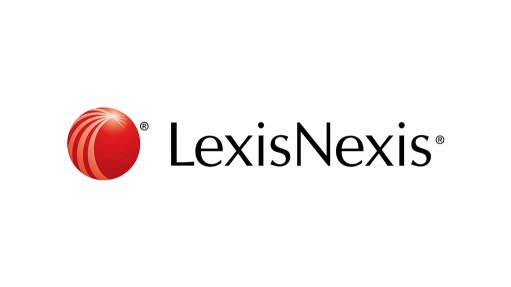
Decisions and consequences go hand-in-hand. This is why having adequate, relevant information at your fingertips is a critical aspect of any decision-making process - more so when these decisions affect the operation of business and company reputation.
In procurement, the optimal goal is to manage risks and costs within a company, making it an imperative department of business. Businesses spend a significant amount of time vetting potential suppliers before embarking on a partnership, and pertinent data provides them with the right tools to make informed decisions with information that is easily interpreted by management.
However, the vetting system should not end when an agreement is reached between a business and its supplier. Intensive research and vetting on future and current suppliers should be a continuous safety requirement to ensure all procurement legislation is adhered to.
Data within the procurement function has the ability to change the way a business operates, by providing the supply chain division with the relevant information it needs to make informed decisions about its suppliers. An oversight by a current supplier can have potentially disastrous effects on a company that is both unaware of the dangers and ill-prepared for possible negative outcomes.
Rudi Kruger, General Manager of Risk Solutions at LexisNexis Data Services, said supply chain officials are vulnerable to a host of potential threats that can emerge from their relationship with suppliers. Some of the more prominent threats include:
- Pass-through schemes, where an employee or contractor sets up a business which supplies goods or services to client.
- Conflict of interest, which occurs when an individual or organisation is involved in multiple interests, one of which could possibly corrupt the motivation for an act in the other.
- Shell company schemes, where an entity with no active business exists only in name as a vehicle for another company’s business operations.
- Tender fraud, which involves the manipulation of the bidding/tendering process between employees of the issuer of the bid and the bidding company, and may include bribes and kickbacks.
- BEE fronting
“These activities are major threats to any organisation. The risk of reputational damage, legal non-compliance and potential financial losses due to fraud calls for strict vendor vetting and employee screening,” said Kruger. “Every business must ensure that its supply chain management system is well equipped to identify and eliminate fraudulent activities and in turn, promote strong ethical standards and good business practice.”
A useful tool that simplifies and enhances the practice of ongoing vendor and employee vetting is Lexis ® ProcureCheck, an online workflow solution designed to practically assist with procurement vetting and vendor management. The solution is effective in discovering potential connections, ownership of property, connections or unscrupulous behaviour between staff and vendors.
This is achieved through regular vendor and staff vetting, as well as detailed conflict of interest reports. In addition, Lexis ProcureCheck runs ongoing monitoring, provides automated irregularity alert reports and allows users to create a personalised internal vendor list, which helps with separating preferred vendors from those that are non-preferred vendors.
For more information, download a brochure at www.procurecheck.co.za